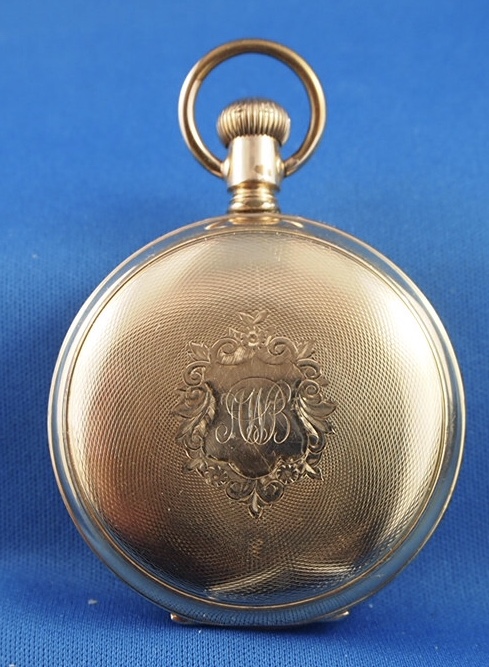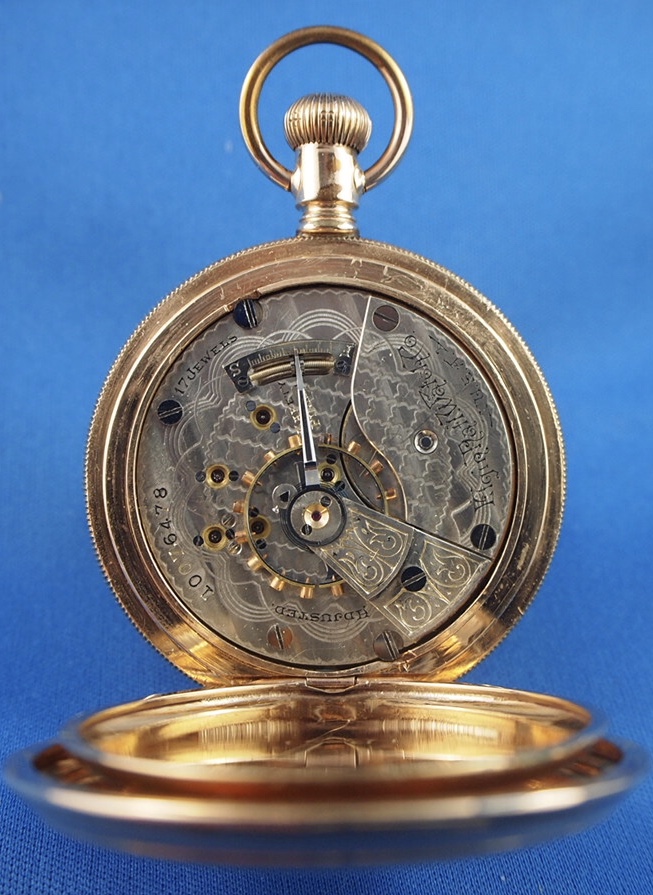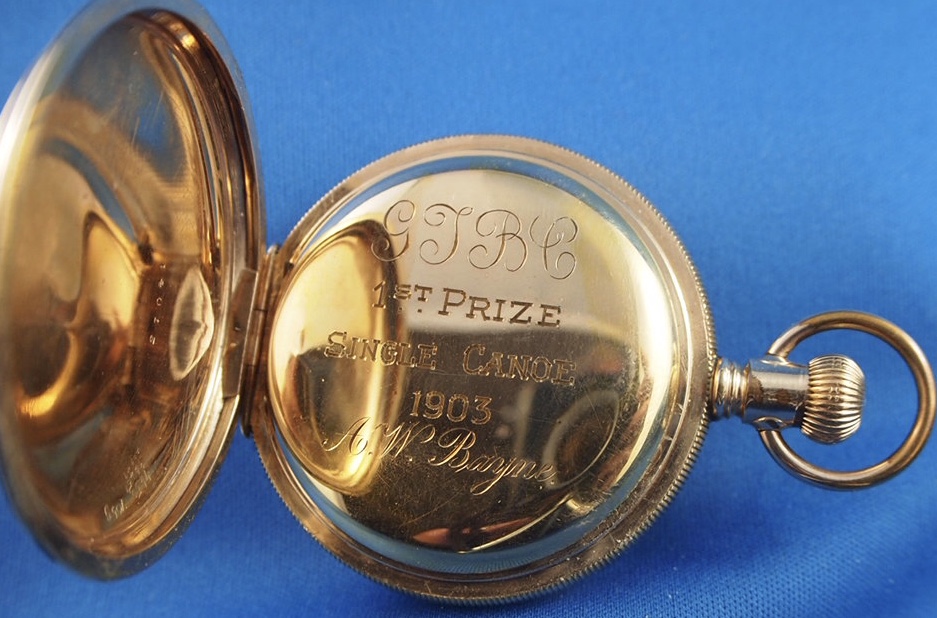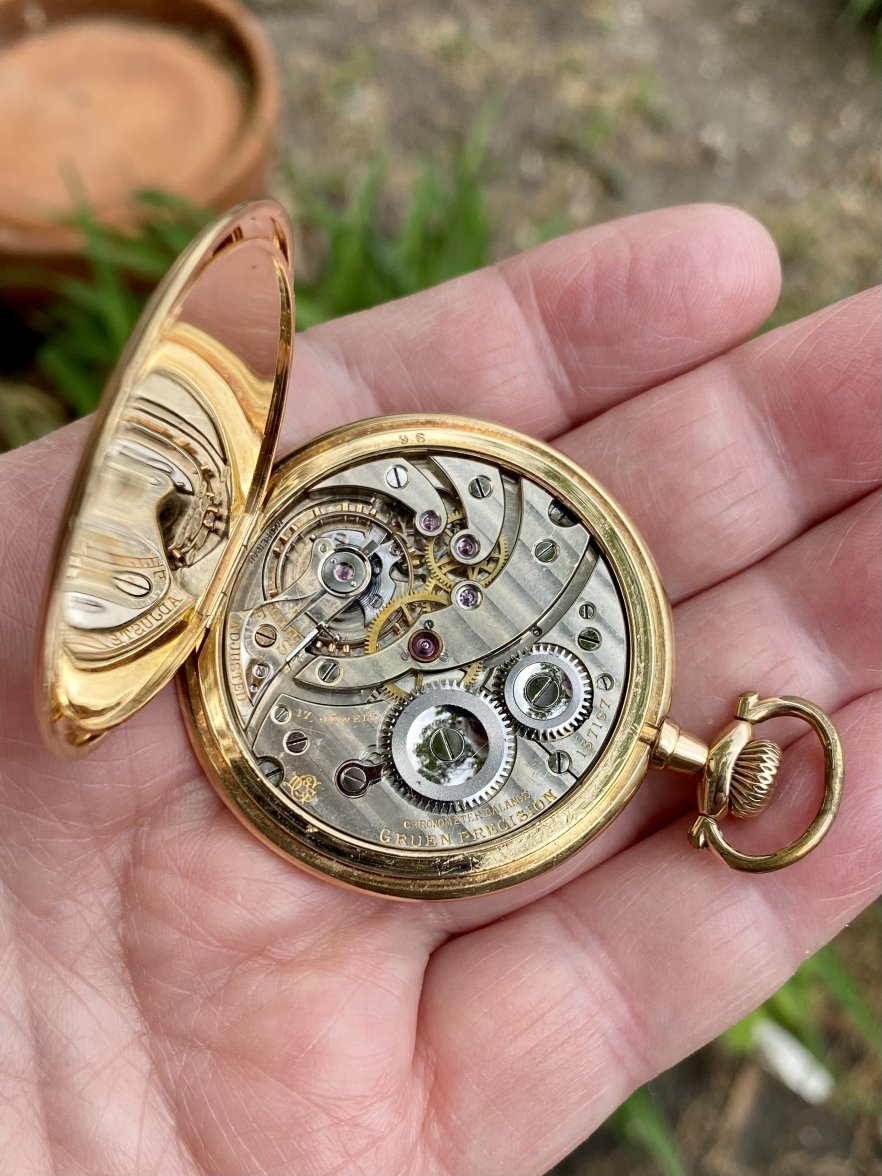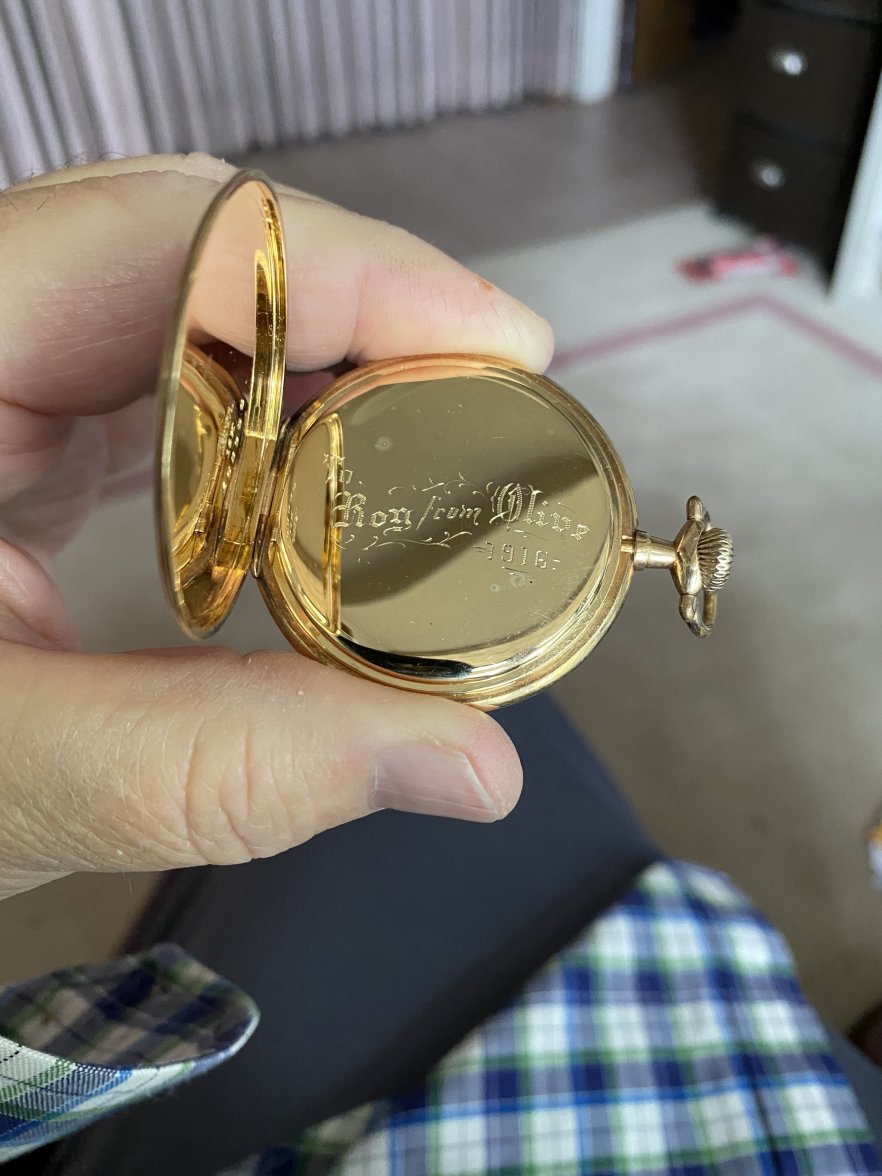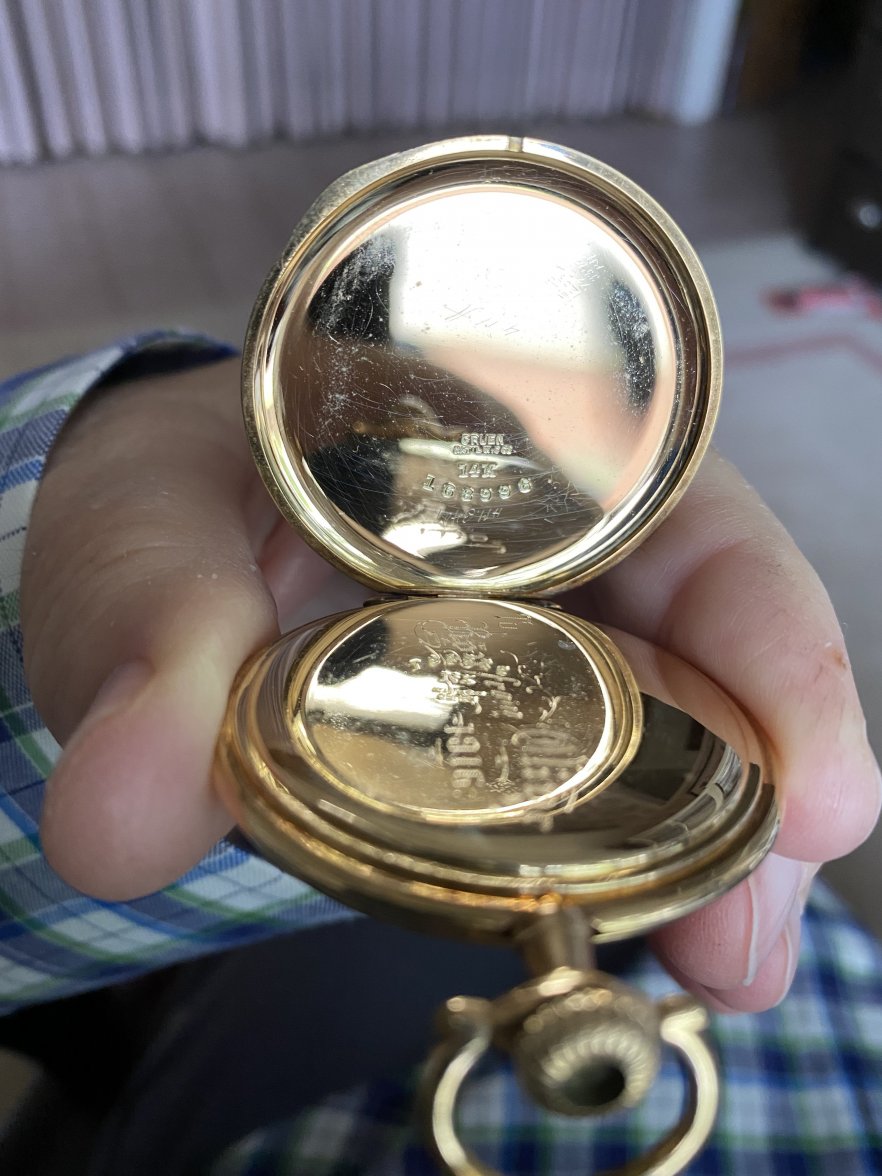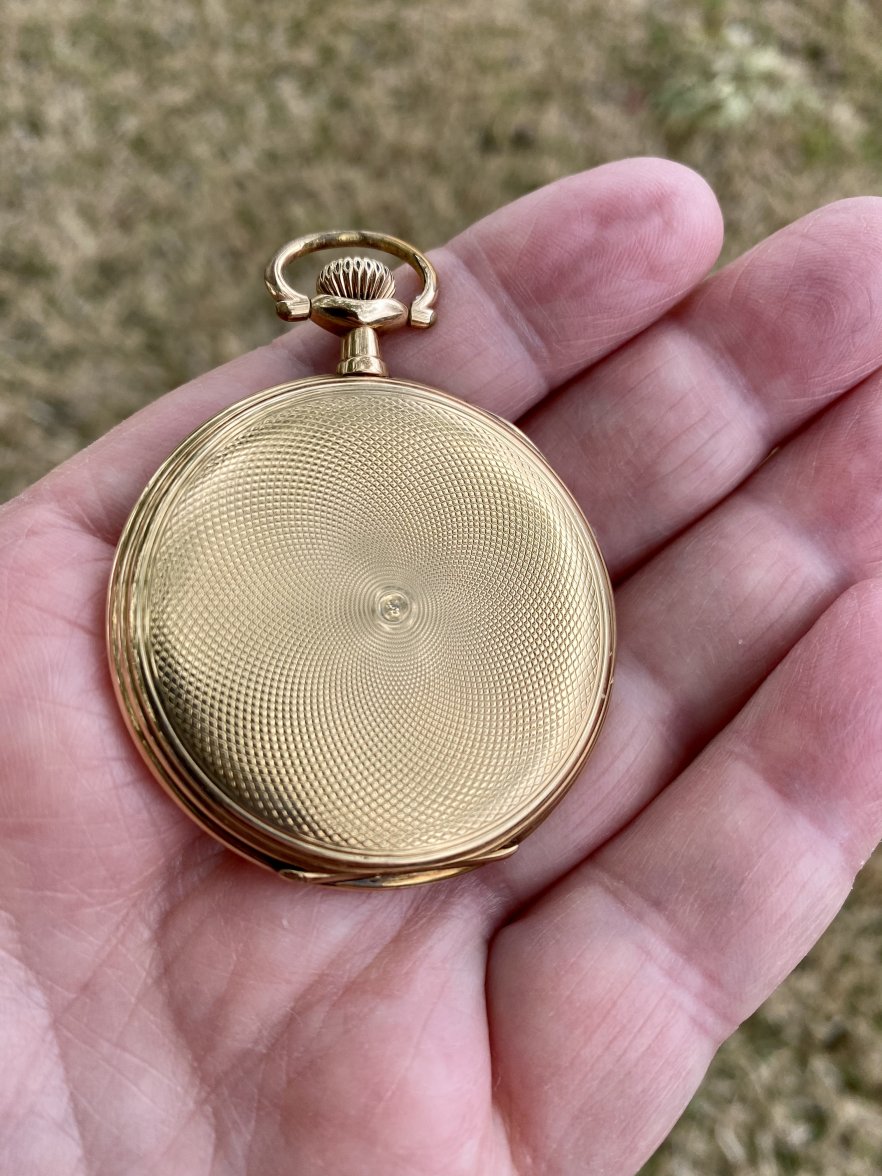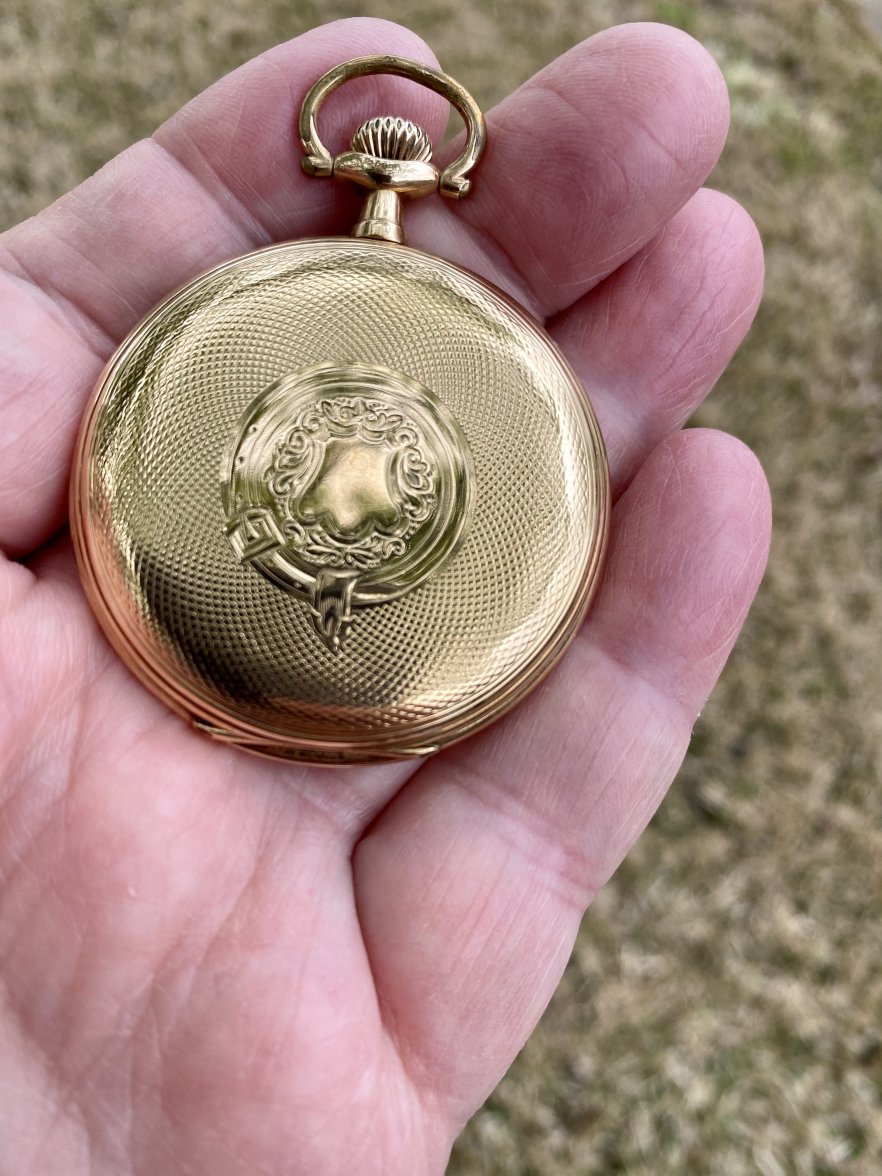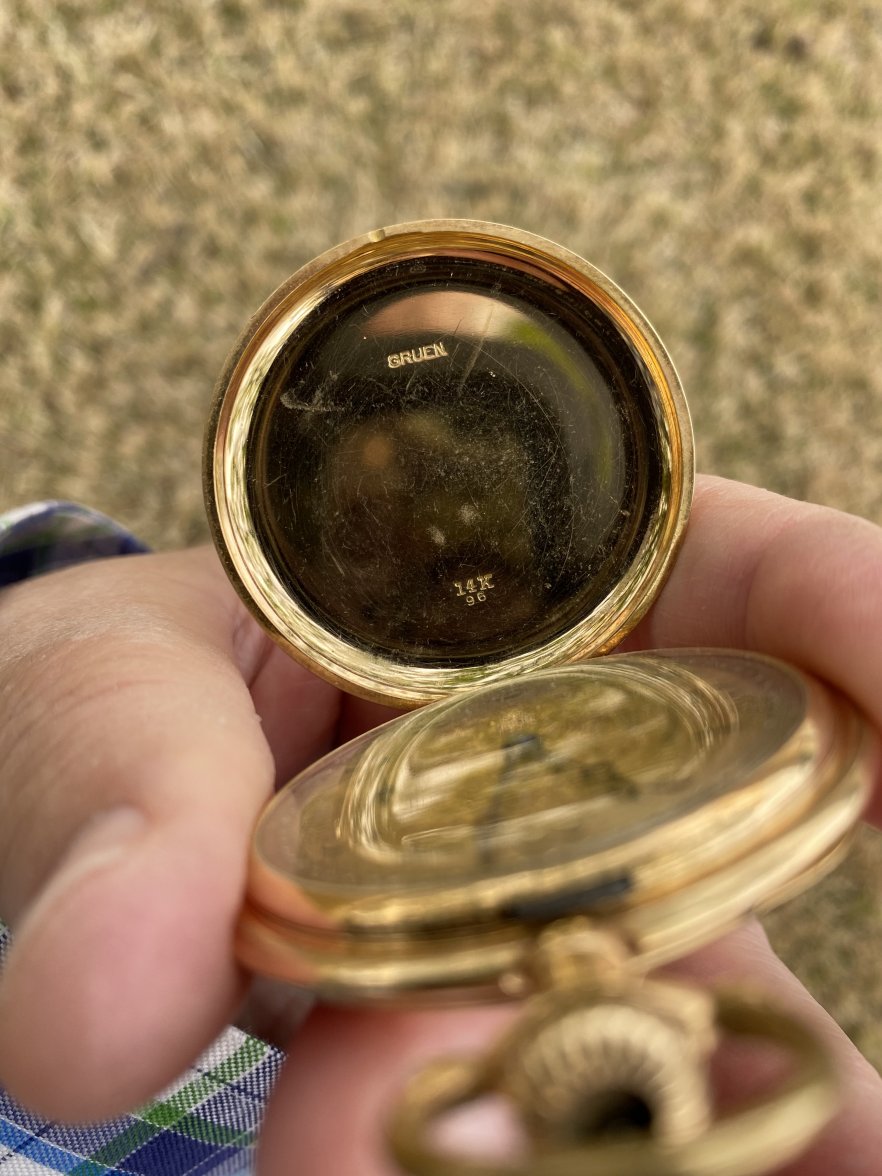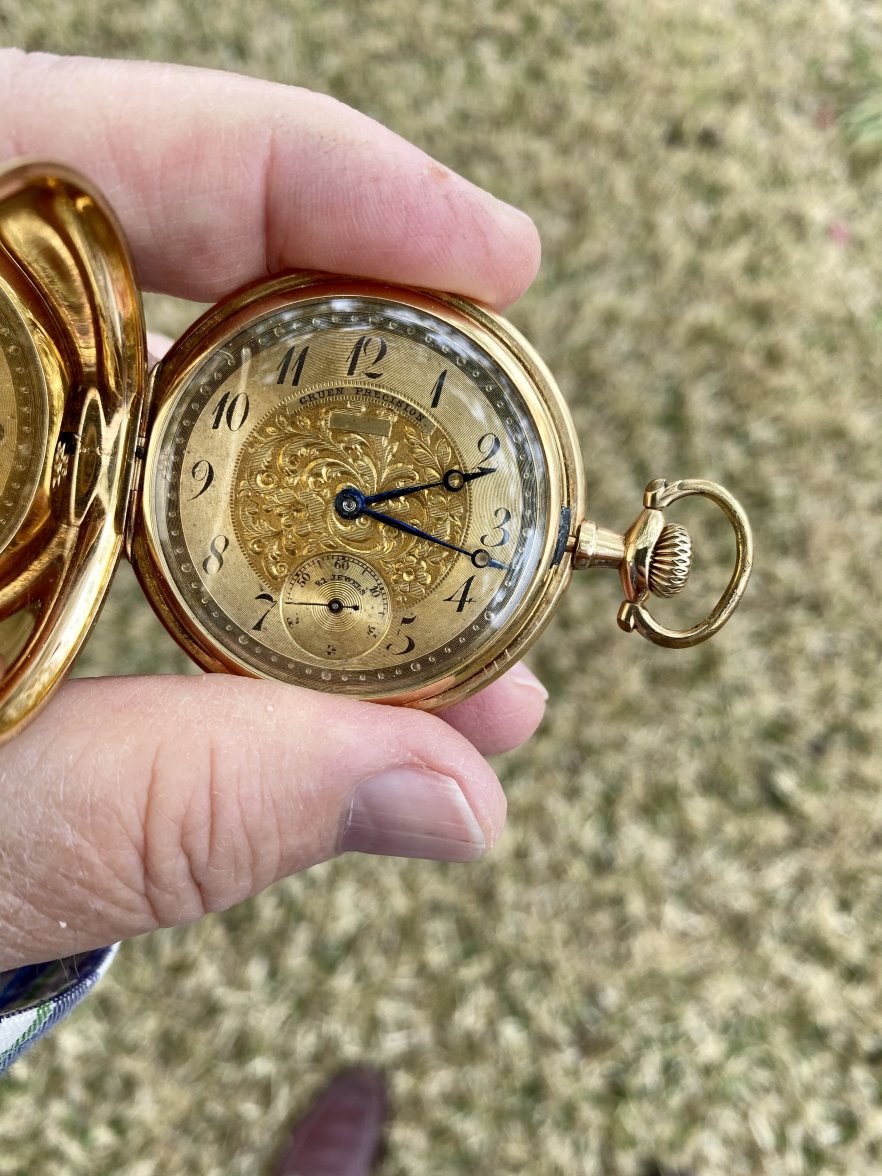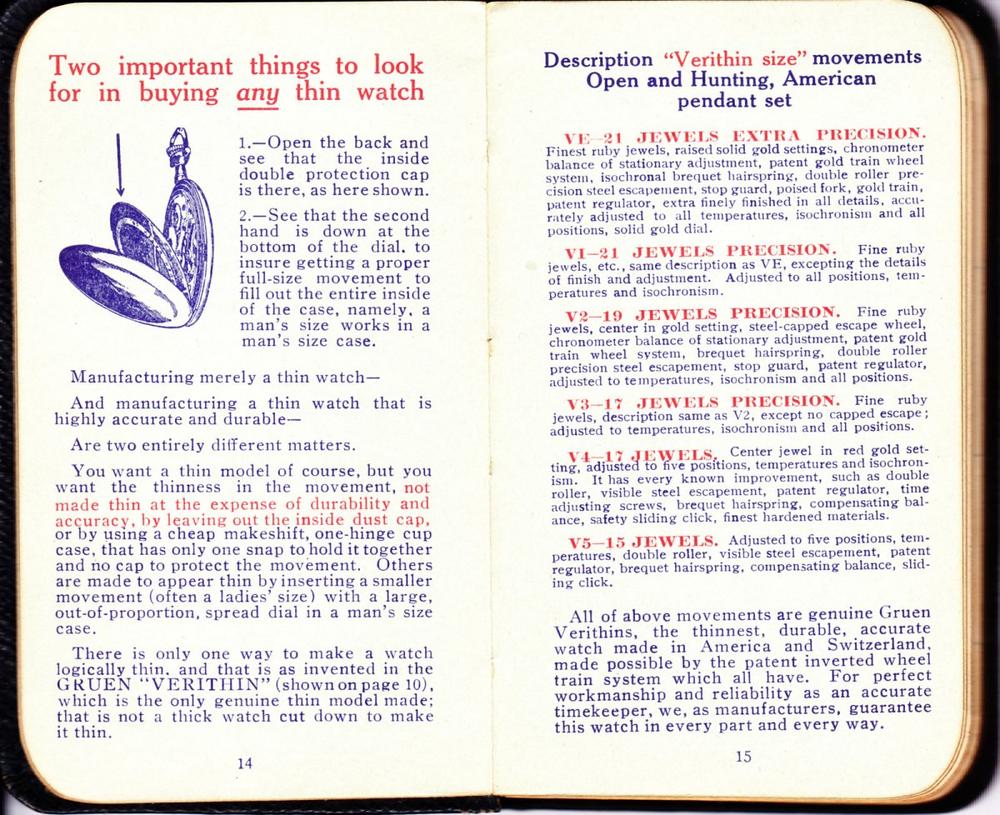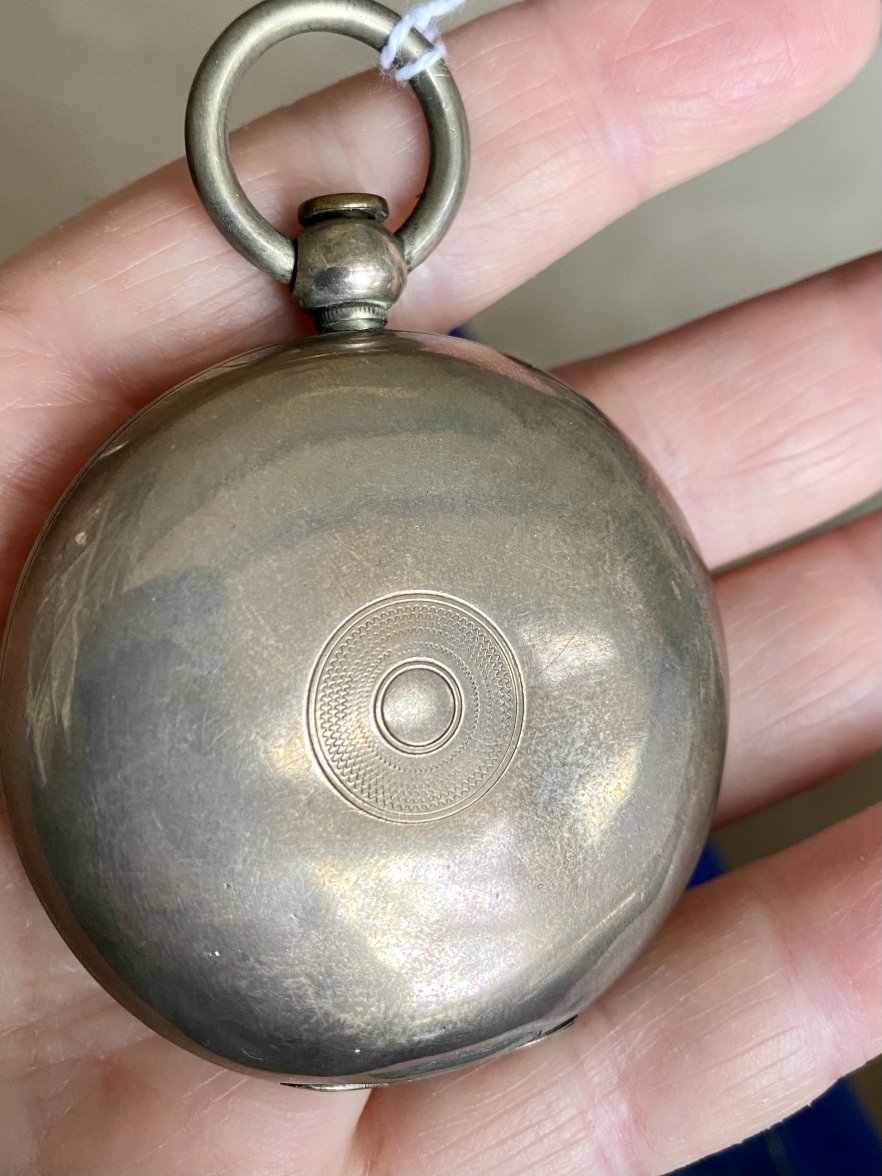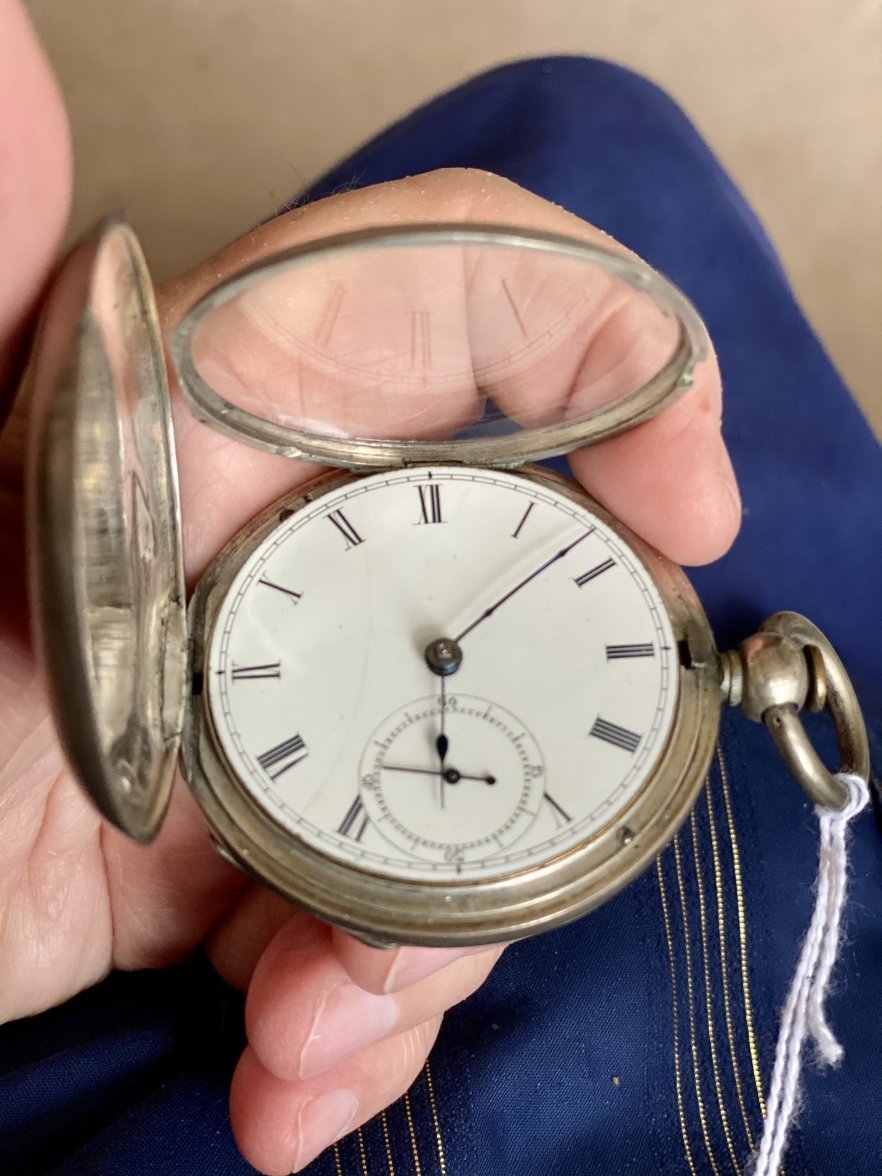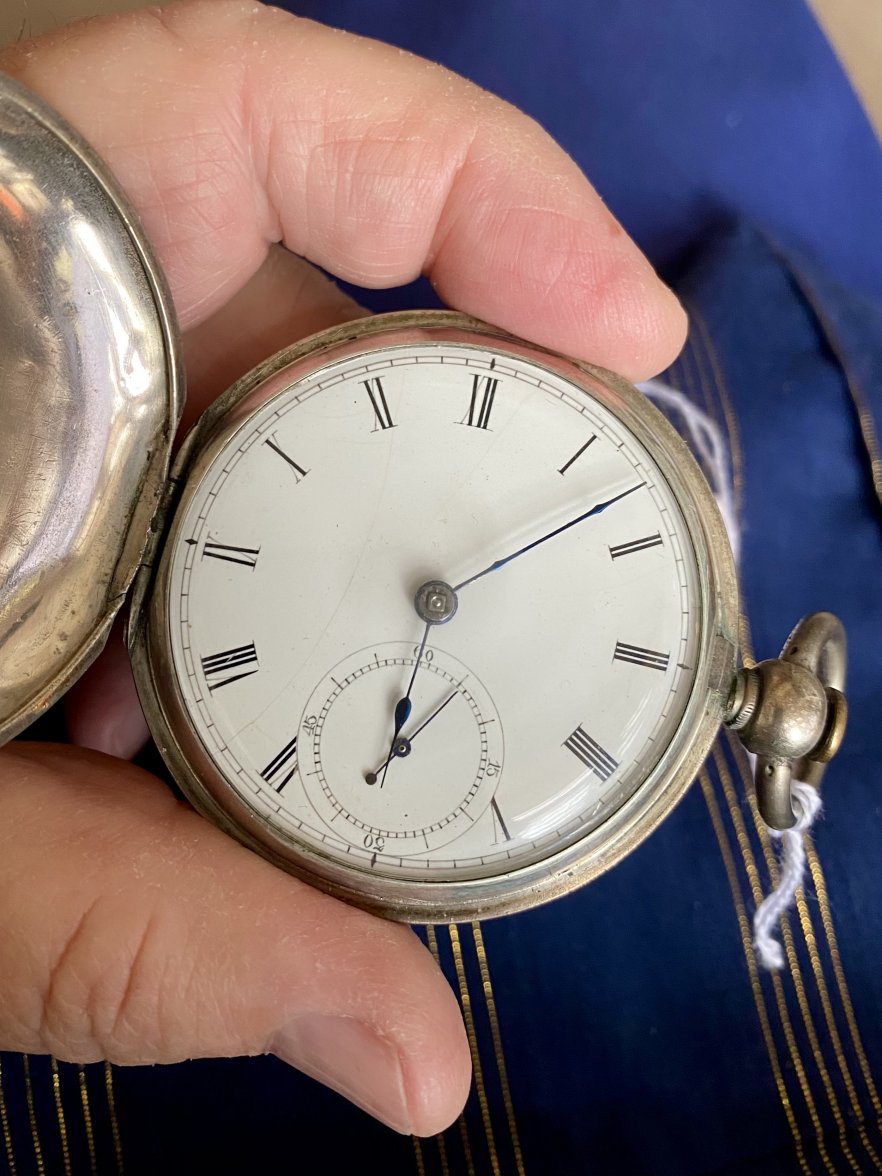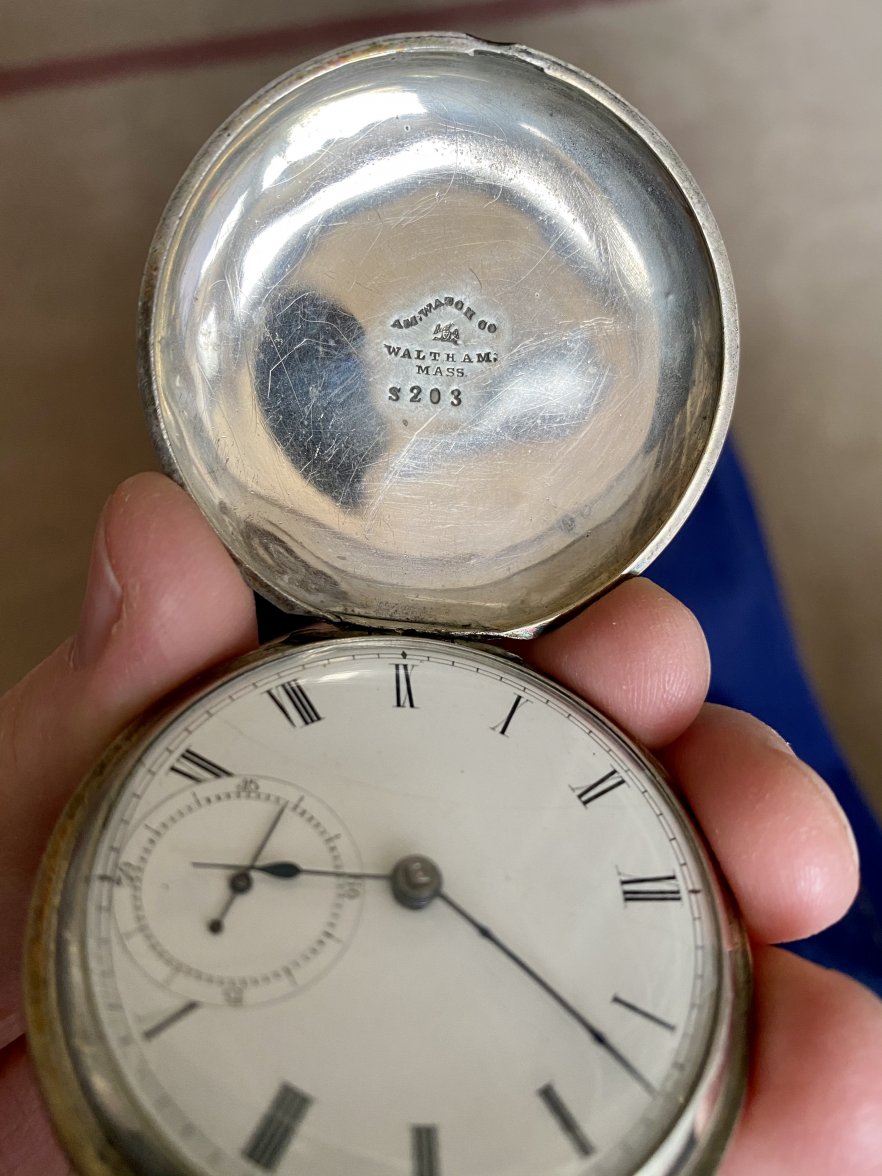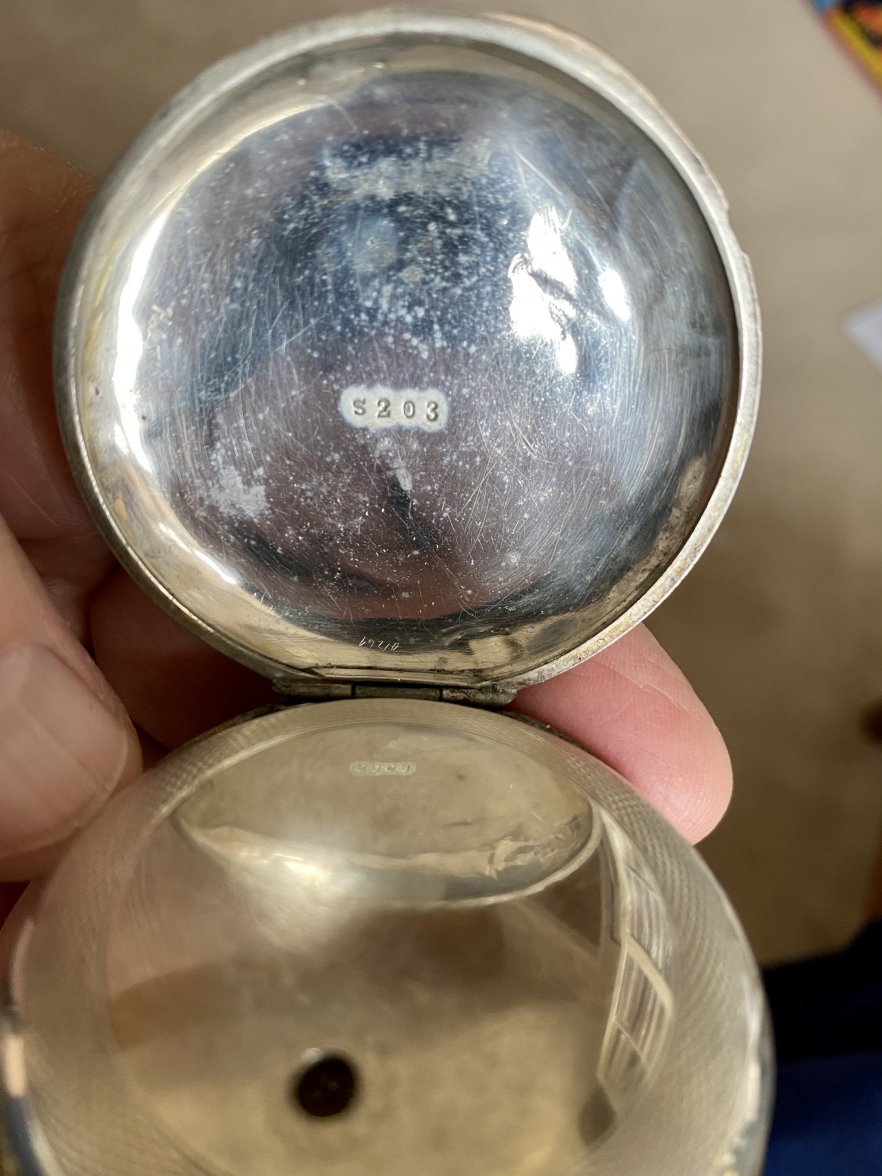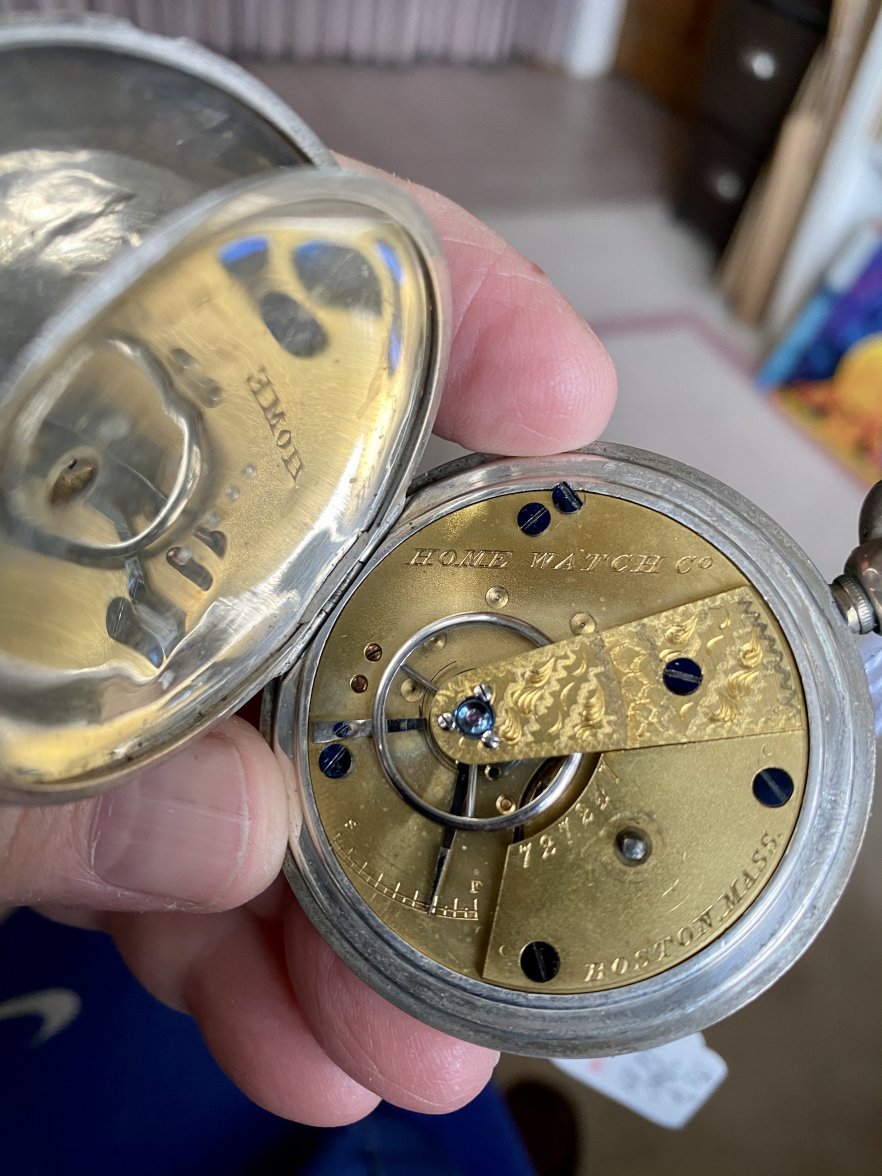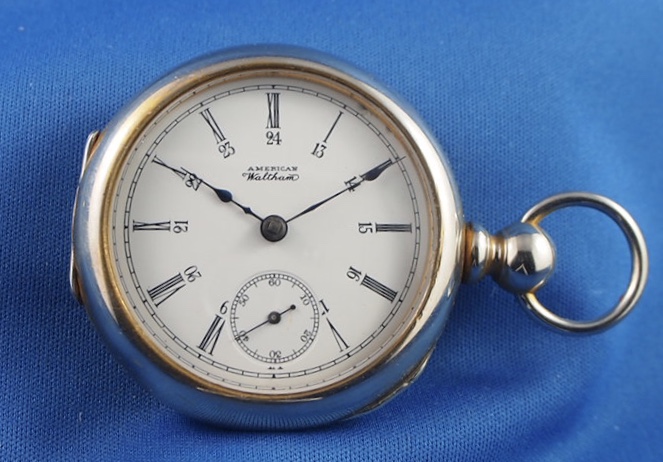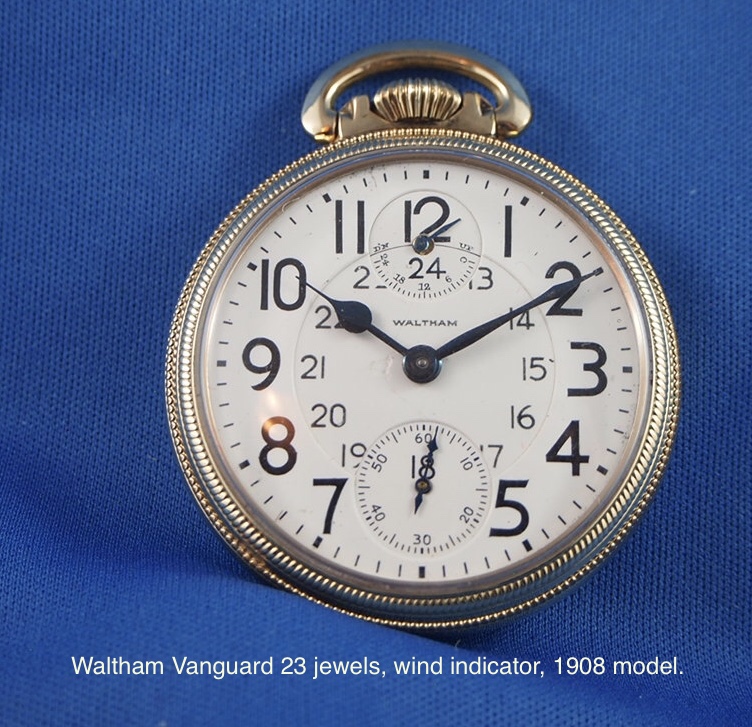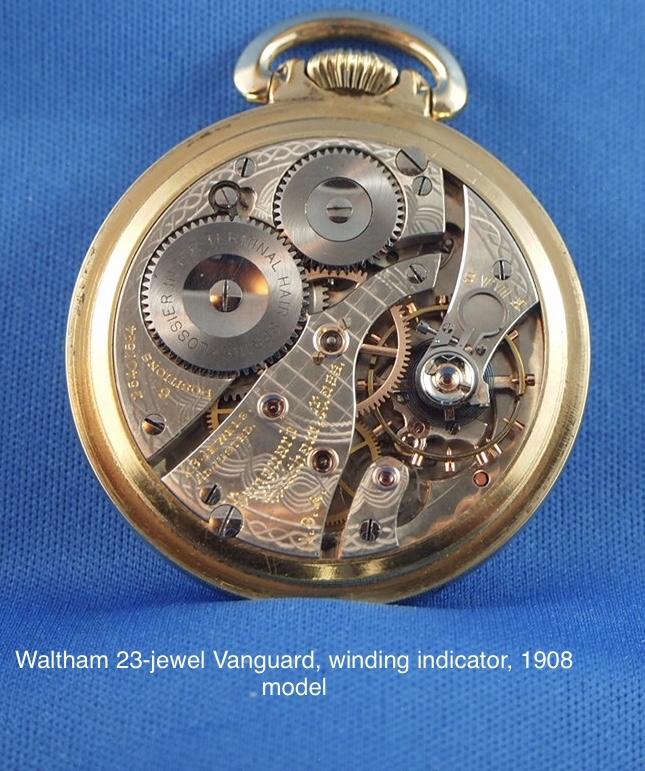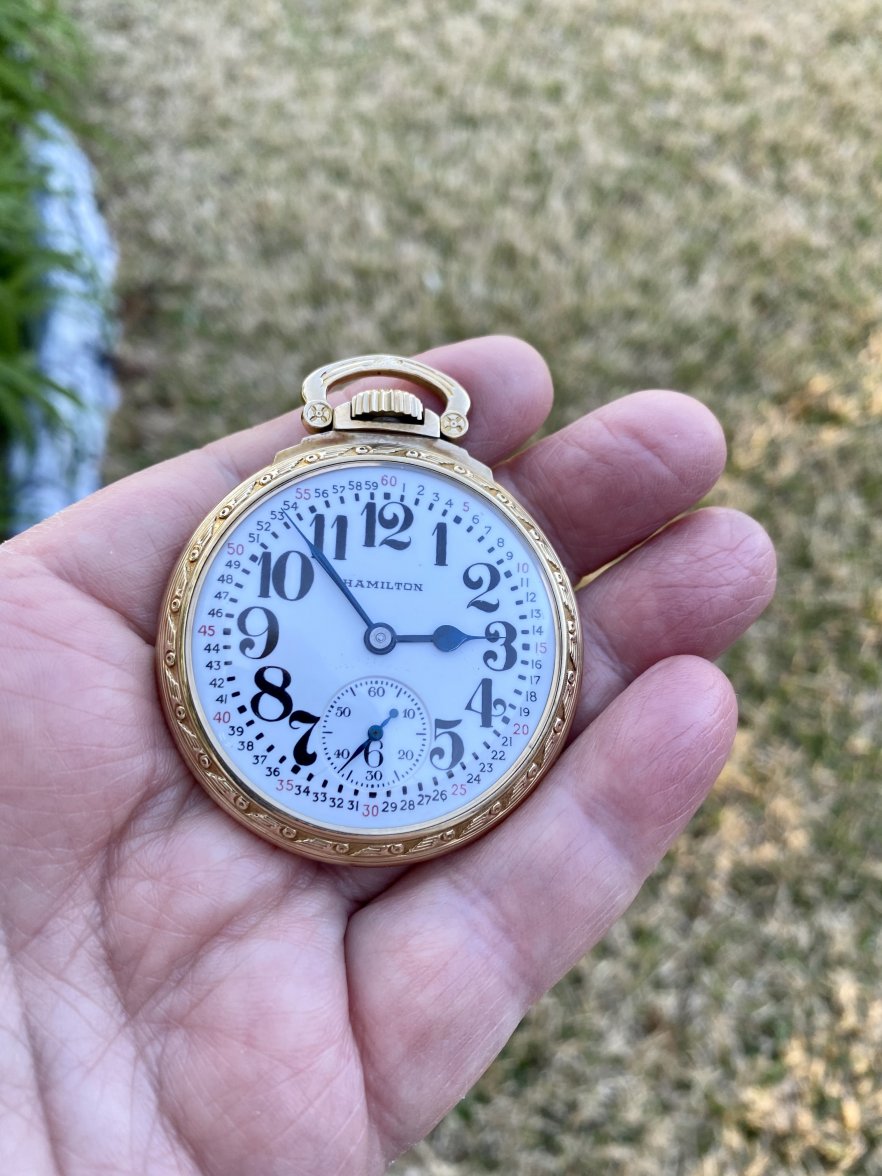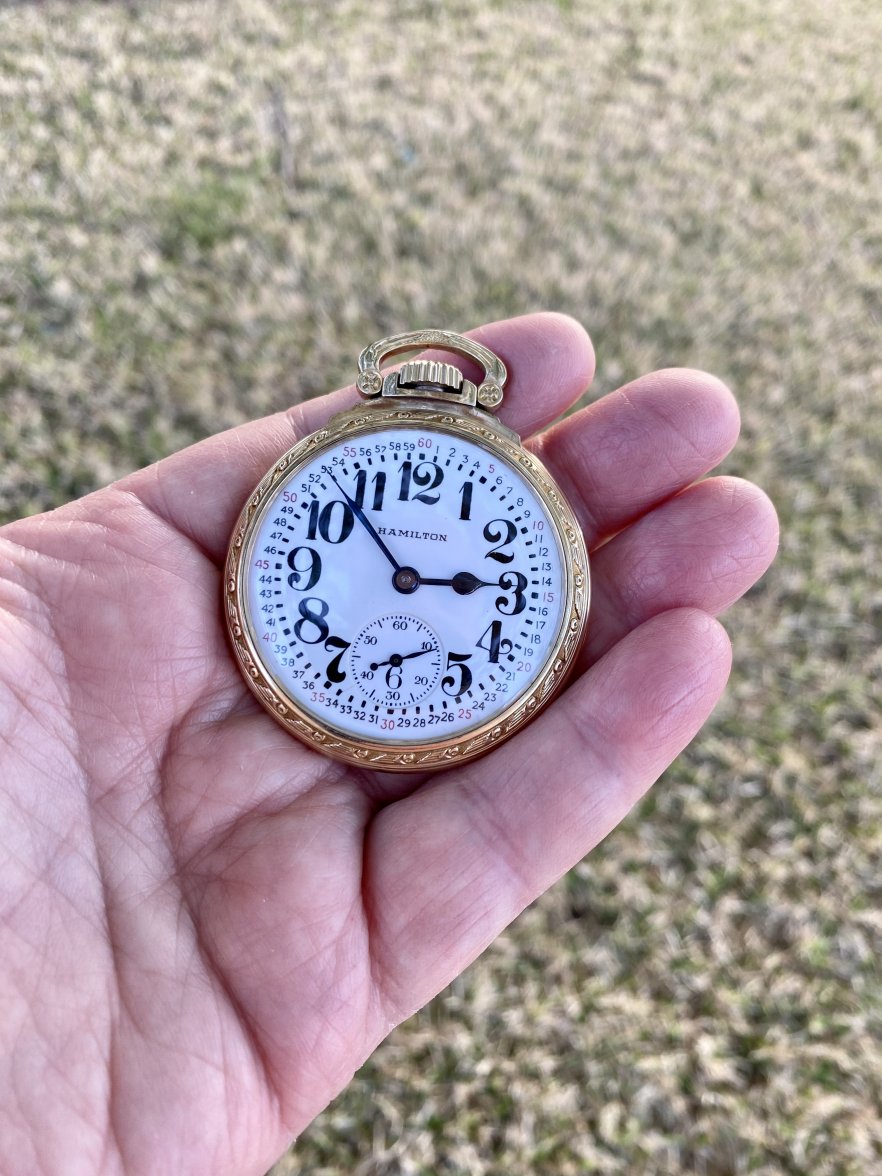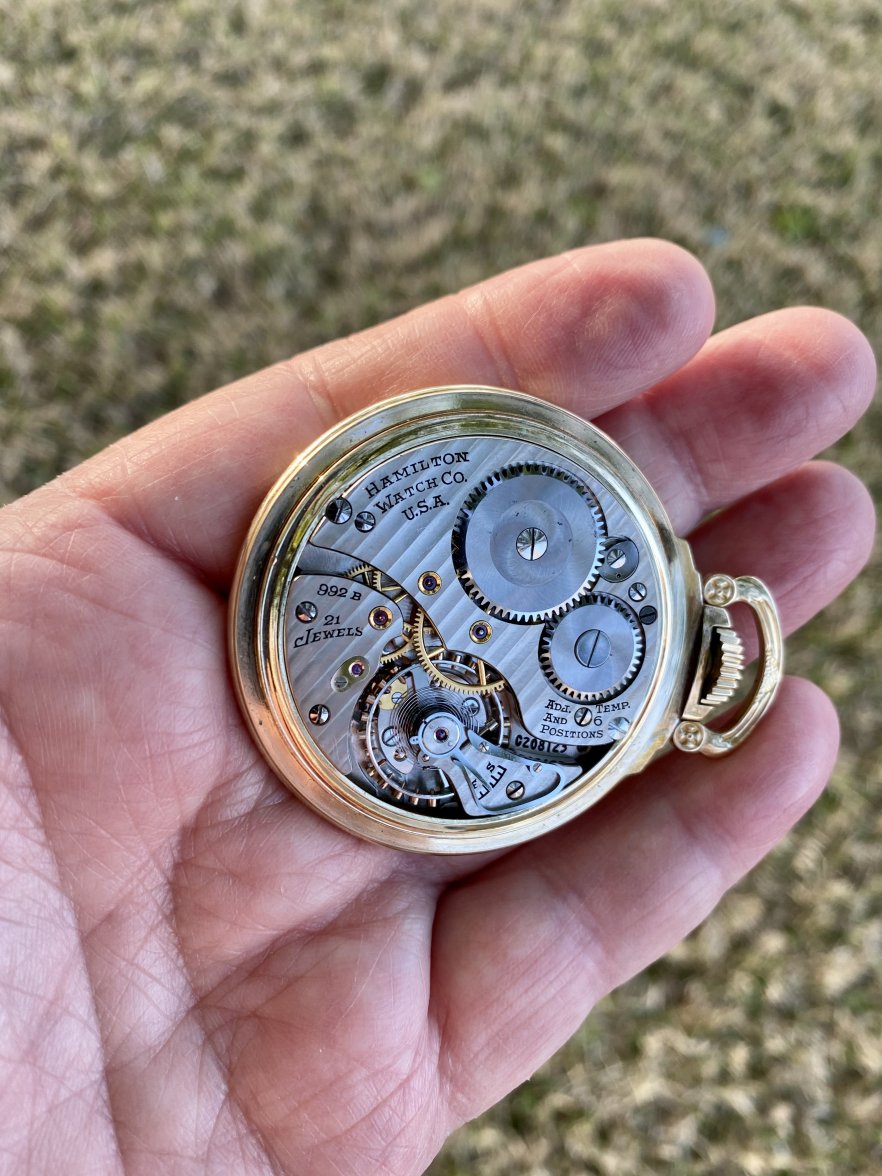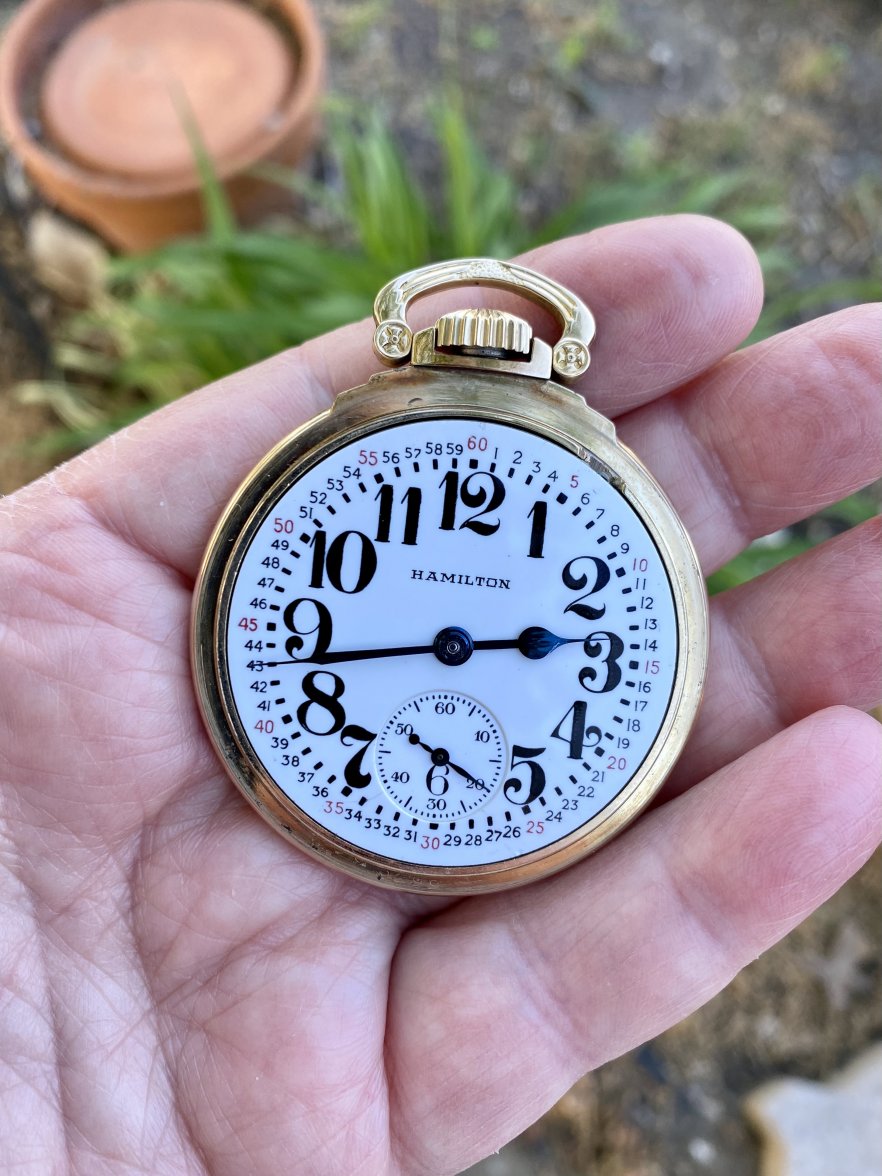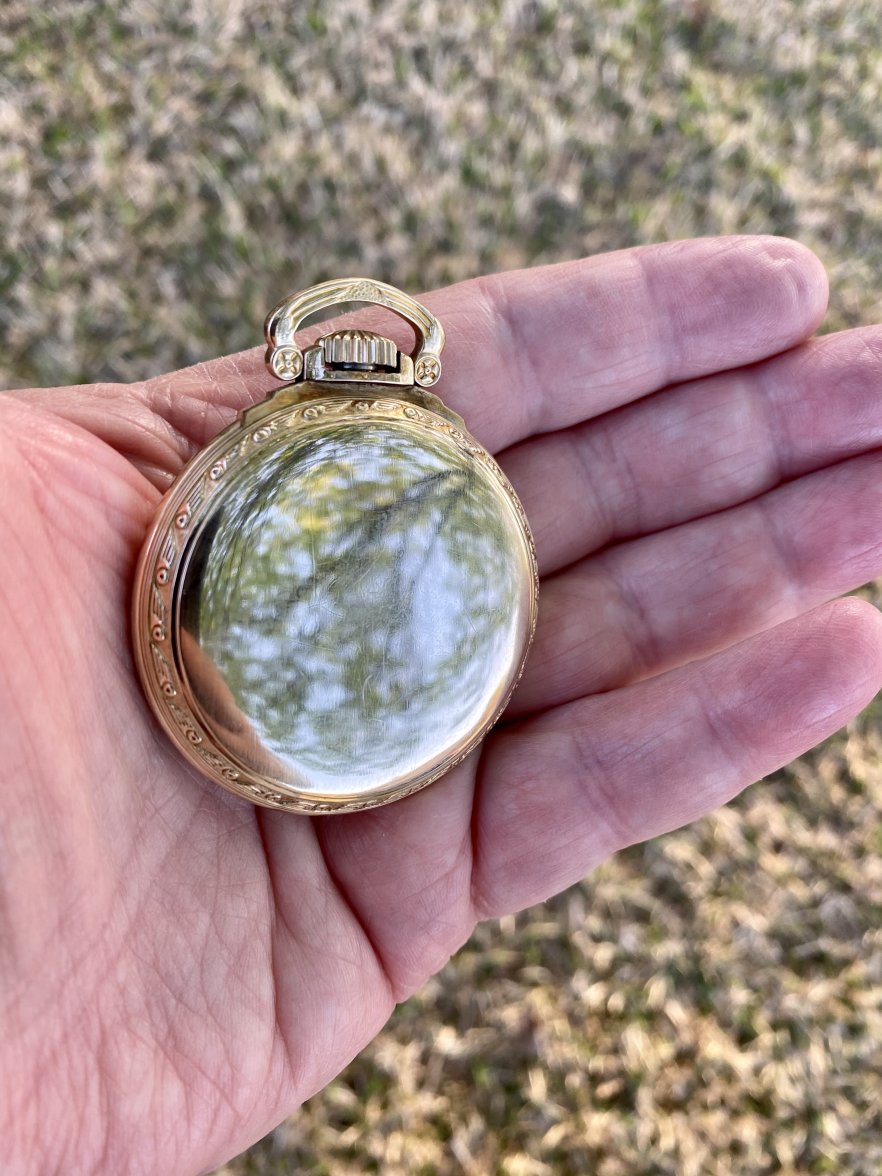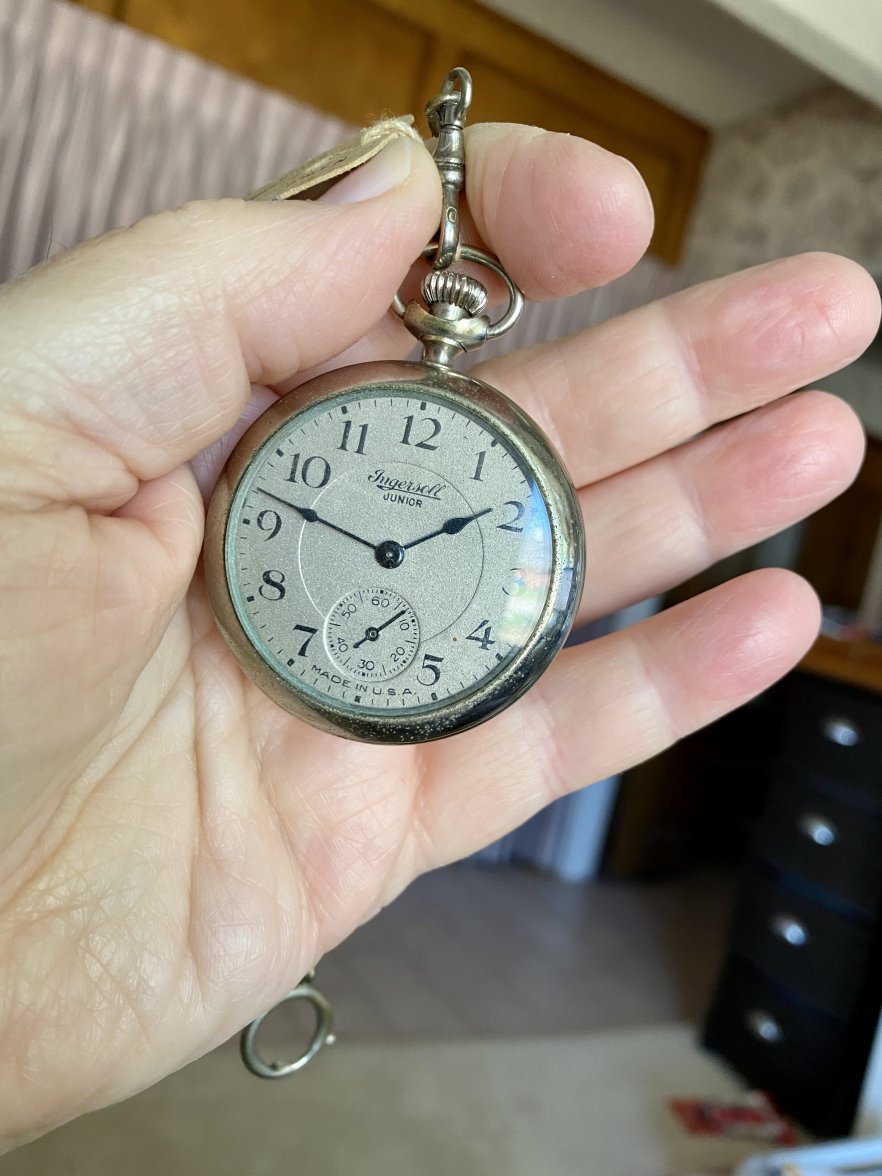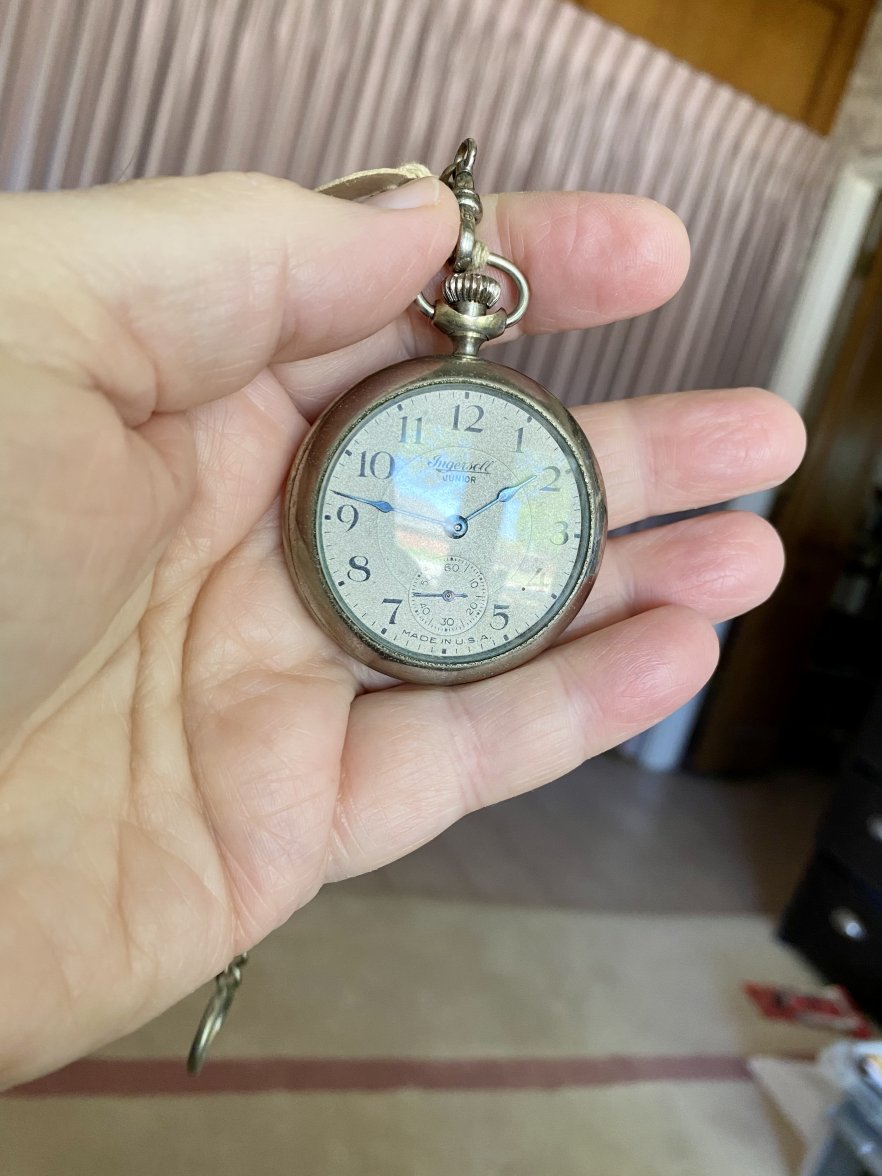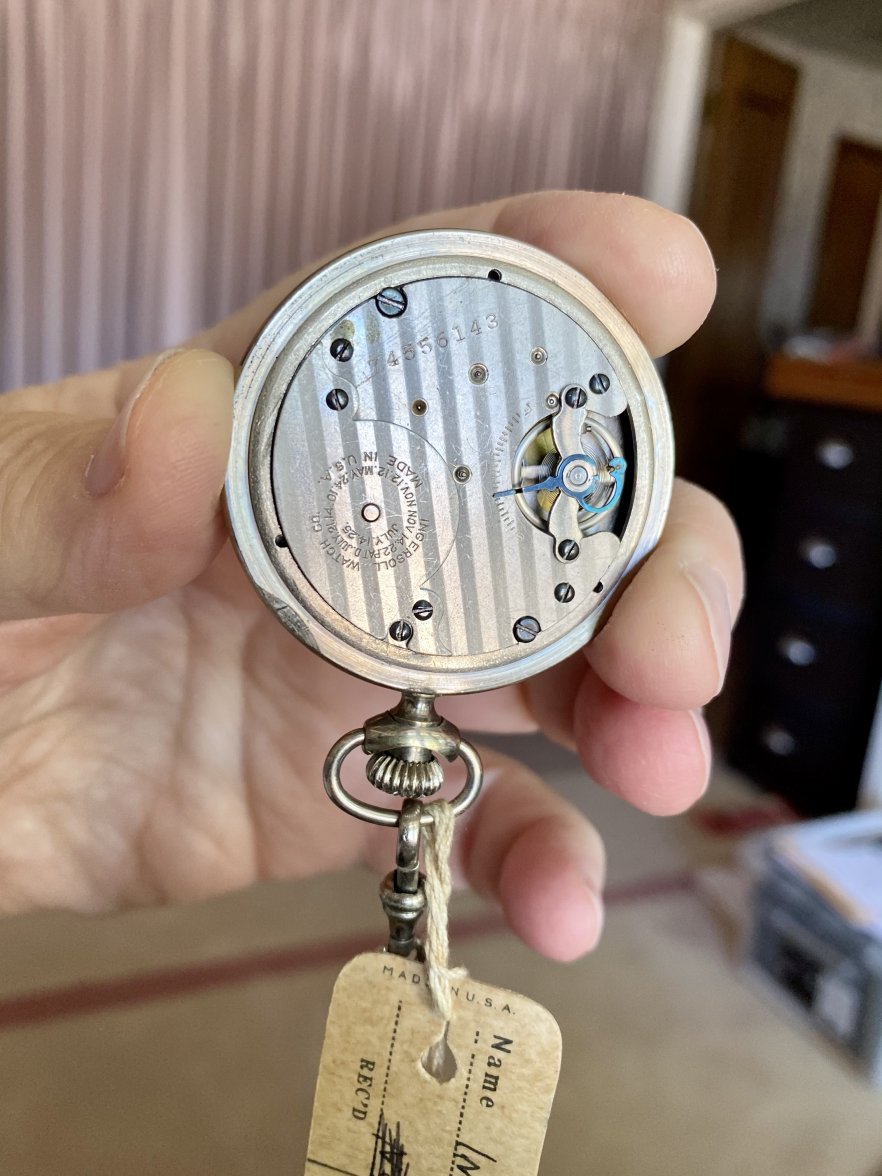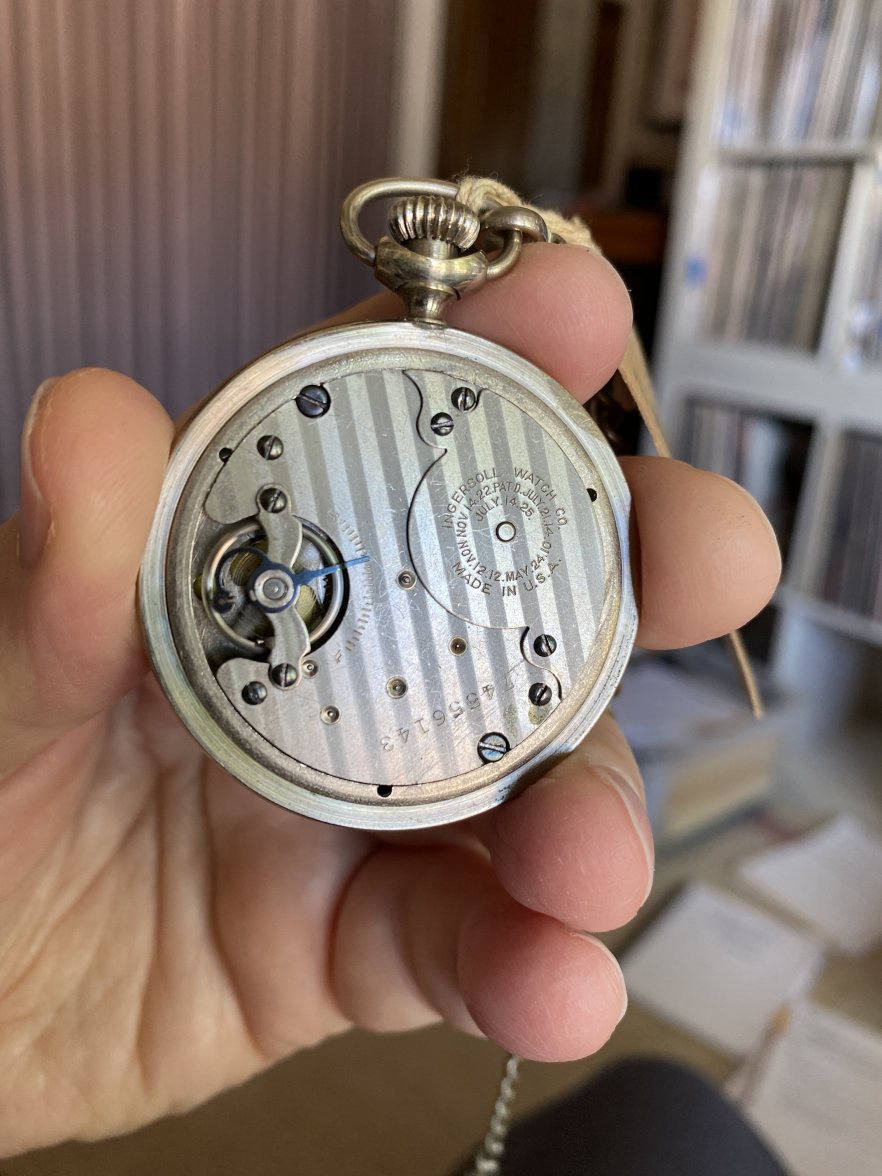Canuck
·From the Usher Gallery in Lincoln, England. As you will see, the dial shows two winding arbors. I’d love to be able to describe this artifact in infinitesimal detail, but it is too long since we visited the museum. And we were given a description of the items, but there was no opportunity to see them (or hear them) operate. So I am going to call this one a clock/watch. A watch that strikes the hour and half-hour. I don’t think it is a petit sonniere, or a grande sonniere. These would likely have a third winding arbor.
On the reverse side of the item, it may be observed that there are automata! Figures that move during the striking sequence. The figures in the foreground appear to play instruments, while the figures in the background, dance. The ornate portico has three, and possibly four colours of gold. Rose gold, yellow gold, green gold, and the white metal might be silver, as this artifact predates the alloying of white gold, and I very much doubt it is platinum. The scene in the break arch is all hand decorated vitreous enamel which I have discussed on several other items.
The pearls are Oriental pearls, native pearls, or gem pearls. They are not cultured pearls. Considering the fact that these pearls grew in the wild, it would likely take a very long time to match these pearls for size, colour, lustre, and evenness of surface. I’ll make several more suppositions about this artifact. It is likely French in origin, it is likely karat gold, and quite sizeable, and heavy. I can’t see it being carried in a pocket. It is likely late 17th or early 18th century, and probably has a verge escapement, and fusee.
Now, don’t you think that every serious pocket watch collector should have one of these? Yeah! Good luck!
On the reverse side of the item, it may be observed that there are automata! Figures that move during the striking sequence. The figures in the foreground appear to play instruments, while the figures in the background, dance. The ornate portico has three, and possibly four colours of gold. Rose gold, yellow gold, green gold, and the white metal might be silver, as this artifact predates the alloying of white gold, and I very much doubt it is platinum. The scene in the break arch is all hand decorated vitreous enamel which I have discussed on several other items.
The pearls are Oriental pearls, native pearls, or gem pearls. They are not cultured pearls. Considering the fact that these pearls grew in the wild, it would likely take a very long time to match these pearls for size, colour, lustre, and evenness of surface. I’ll make several more suppositions about this artifact. It is likely French in origin, it is likely karat gold, and quite sizeable, and heavy. I can’t see it being carried in a pocket. It is likely late 17th or early 18th century, and probably has a verge escapement, and fusee.
Now, don’t you think that every serious pocket watch collector should have one of these? Yeah! Good luck!
Edited:


